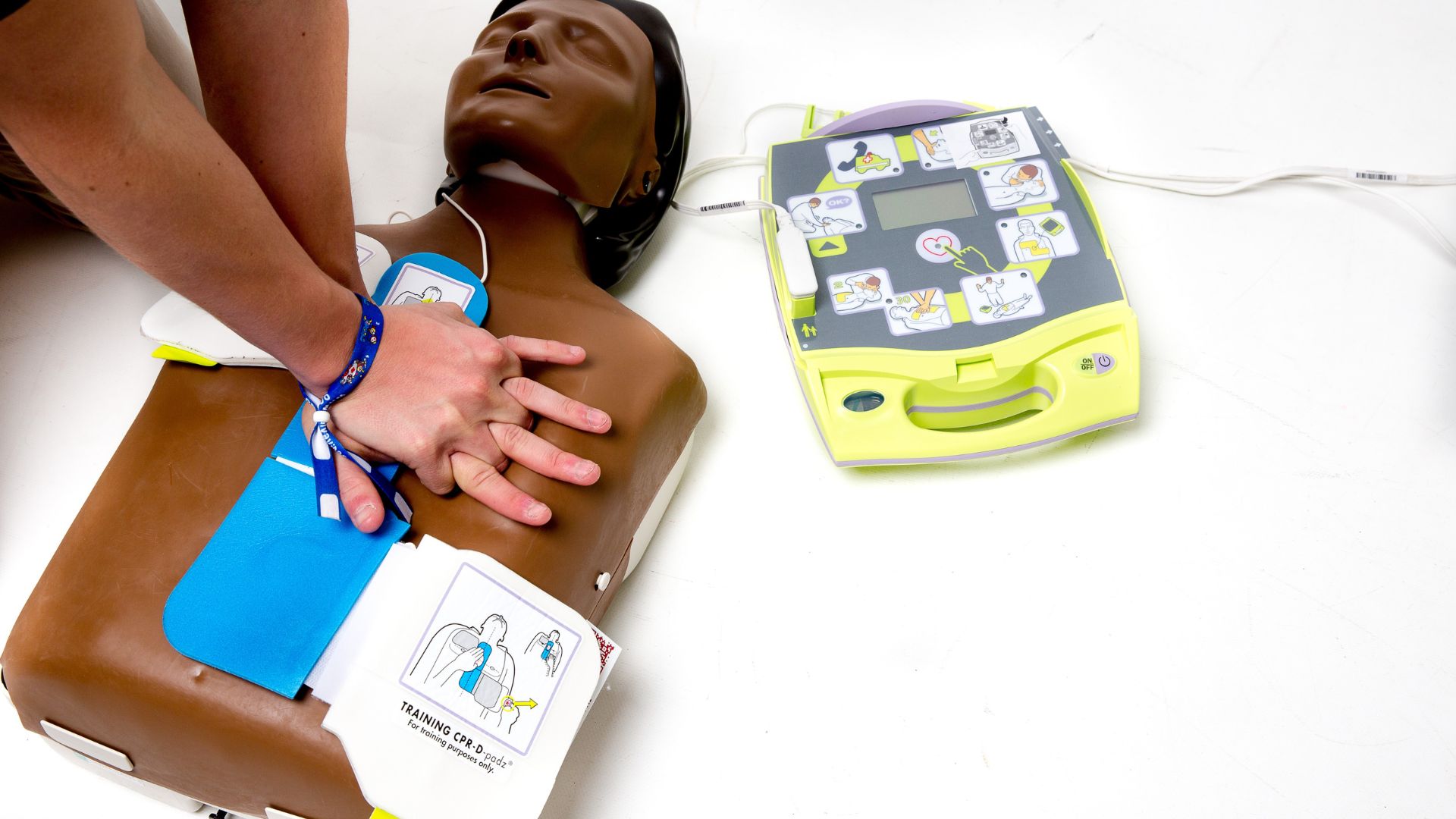Understanding AED: How It Works and Why You Should Get Certified
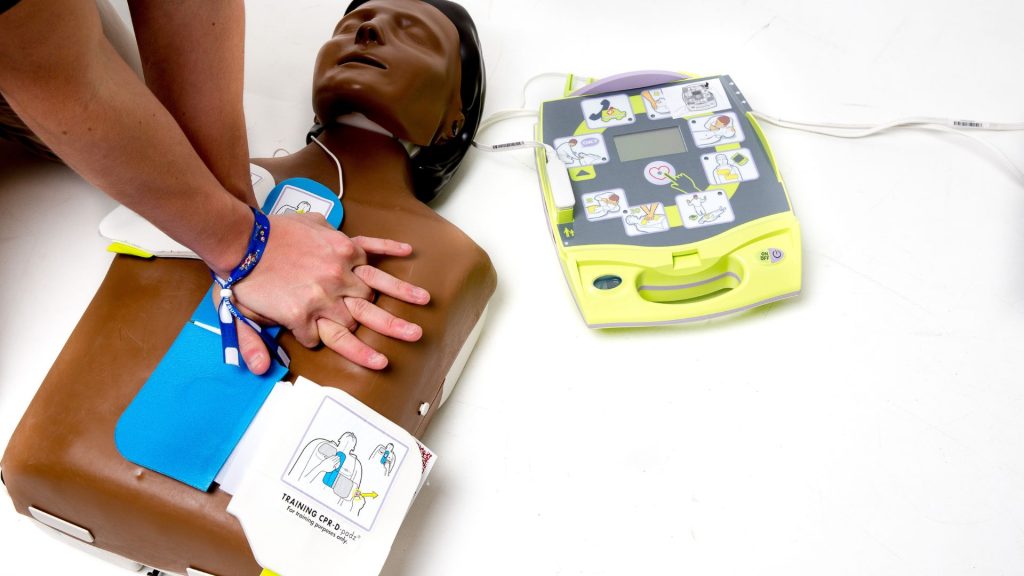
Automated External Defibrillators (AEDs) have become a critical component in emergency response, especially during cardiac emergencies. Knowing how they work and obtaining proper certification can empower you to act decisively when it matters most. At In-Pulse CPR, we offer comprehensive courses across Florida, Minnesota, Pennsylvania, and Tennessee to equip you with essential skills—let’s dive into the details.
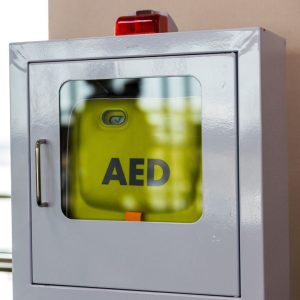
What Is an AED?
An AED is a portable device that analyzes the heart’s rhythm and can deliver an electric shock, or defibrillation, to individuals experiencing sudden cardiac arrest (SCA). By resetting the heart’s electrical activity, an AED increases the chances of survival. These devices are designed to be user-friendly, often featuring audio and visual prompts to guide even inexperienced users through the defibrillation process.
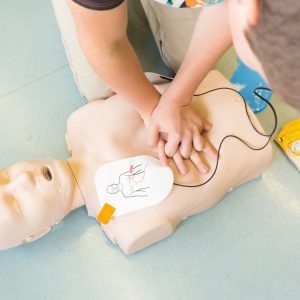
How Does an AED Work?
When you turn on an AED, it performs a quick assessment of the individual’s heart rhythm. If it detects a shockable rhythm, the device will instruct you to deliver a shock. The pads, which must be placed strategically on the chest, transmit the necessary electrical energy. After the shock, the AED will reassess the heart’s rhythm and guide you on the next steps—whether to administer CPR or deliver another shock. This process not only improves survival rates but also facilitates efficient emergency management in high-pressure situations.
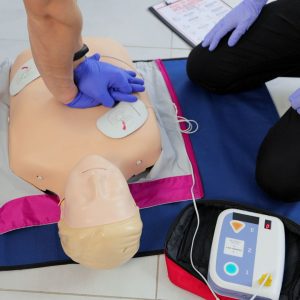
The Importance of AED Certification
While AEDs are designed for layperson use, proper training is vital. AED certification classes provided by In-Pulse CPR ensure you understand how to operate an AED effectively and perform hands-only CPR. Knowing the correct steps can save critical minutes during a cardiac emergency, helping increase the victim’s chances of survival and reducing potential complications. Our certifications cover various scenarios, including how to use an AED on adults, children, and infants.
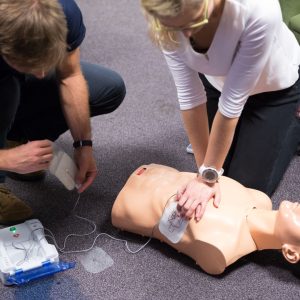
Real-Life Applications of AED Training
Having AED certification can make a significant difference in your workplace, school, or community. Many organizations require employees to have this training as part of their safety protocols. Real-life examples demonstrate that bystanders trained in AED usage often step in when emergencies arise, leading to lifesaving outcomes.
Understanding the mechanics of an AED and obtaining certification is crucial for anyone who wants to make a difference in emergency situations. At In-Pulse CPR, we offer robust training programs throughout Florida, Minnesota, Pennsylvania, and Tennessee. Don’t wait for an emergency to take action—be prepared to save a life. Sign up for our AED training today and be a part of the solution in your community!



